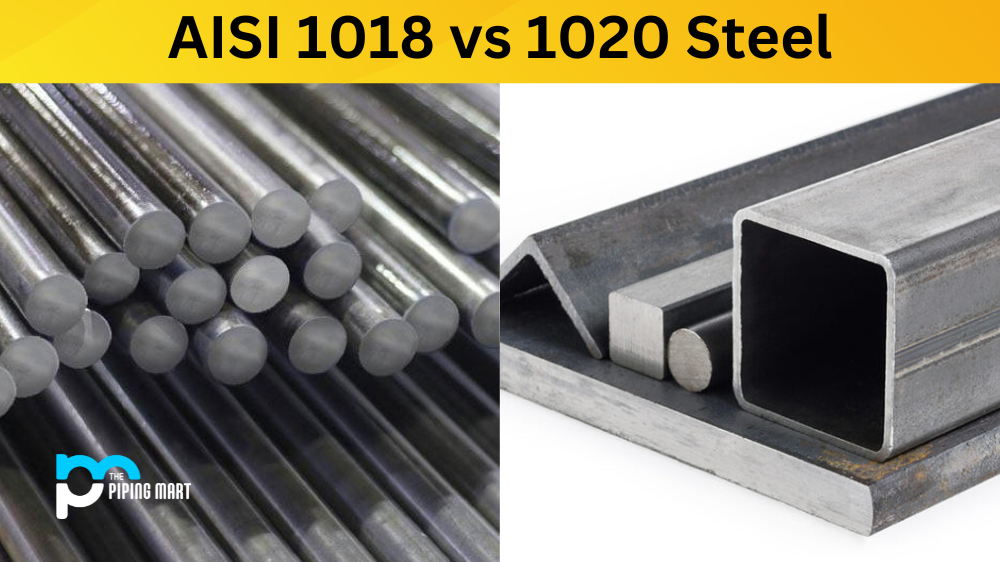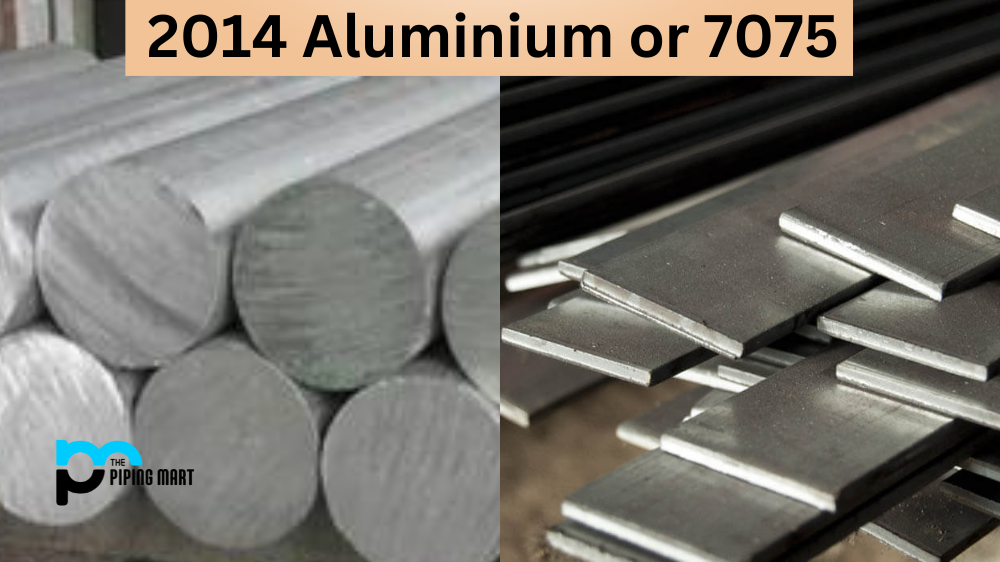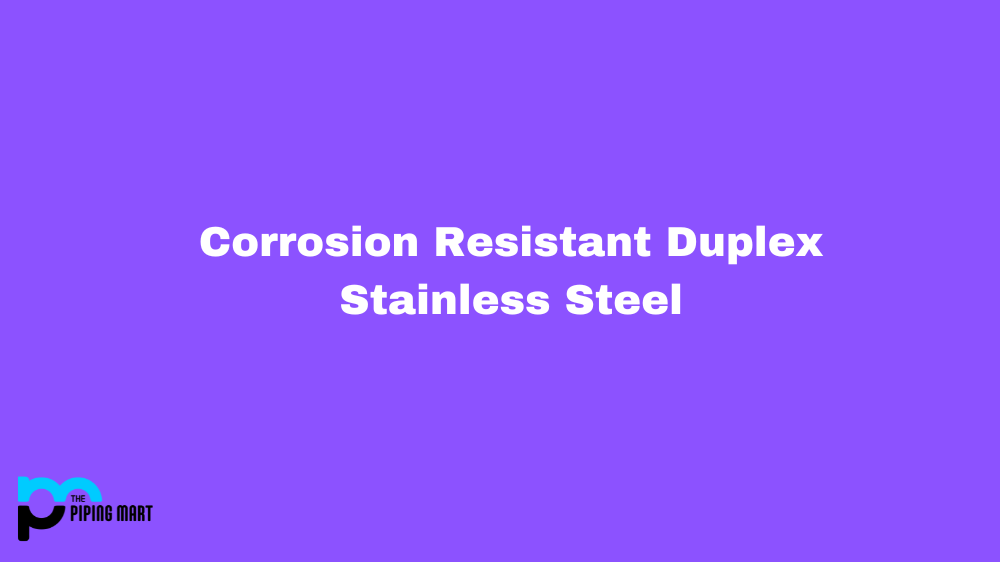If you are in the market for steel, you may have come across two types—AISI 1018 and AISI 1020. Both of these are low-carbon steels and can be used in various applications, but there are some key differences that you should consider before deciding which type is right for your project. Let’s take a closer look at the similarities and differences between AISI 1018 and 1020 steel.
Difference Between AISI 1018 and 1020 Steel
The main difference between these two types of steel is their chemical composition. AISI 1018 contains 0.18% carbon, while AISI 1020 contains 0.2% carbon. While there isn’t much difference in the amount of carbon present, it can significantly impact the properties of each type of steel. For example, AISI 1018 has a tensile strength of around 60 ksi, while AISI 1020 has a tensile strength ranging from 58 ksi to 70 ksi depending on the heat treatment applied to it. Additionally, 1020 has higher levels of manganese than 1018, which gives it more excellent mechanical properties when used in specific applications such as carburized parts or when induction hardened for use with gears or shafts.
Similarities between AISI 1018 & 1020 Steel
AISI 1018 and 1020 steel belong to the low-carbon steel category, meaning their carbon content is relatively low. This makes them more malleable than other types of steel, making them easier to form into shapes. These steels can be welded easily using standard welding techniques for various projects without issue.
Composition
The main difference between 1018 and 1020 steel is the composition. 1018 steel comprises carbon, manganese, sulphur, phosphorus and silicon. On the other hand, 1020 steel contains carbon, manganese, sulphur, phosphorus and copper.
Mechanical Properties
1018 steel has lower hardness and higher flexibility than 1020 steel. The following table shows the mechanical properties of both 1018 and 1020 steel:
Uses
1018 steel is typically used for making gears, shafts, bolts and other engineering components. On the other hand, 1020 steel is often used for making parts such as axles, spindles and crankshafts.
Cost
1018 steel is cheaper than 1020 steel because it has lower carbon content.
Conclusion
When deciding which type of steel to use for your project, it’s essential to understand the differences between AISI 1018 and 1020 steel so you can choose one that best suits your needs based on its physical and mechanical properties. While both types have similar characteristics due to their low carbon content, they differ slightly in terms of chemical composition, affecting how they react under certain conditions or when subjected to specific treatments such as heat or induction hardening. Keep these factors in mind when selecting either type to get the most out of your investment!

Abhishek is a seasoned blogger and industry expert, sharing his insights and knowledge on various topics. With his research, Abhishek offers valuable insights and tips for professionals and enthusiasts. Follow him for expert advice on the latest trends and developments in the metal industry.




